Key
Takeaways
from
the
Africa
23
Global
Hydropower
and
Dams
Conference
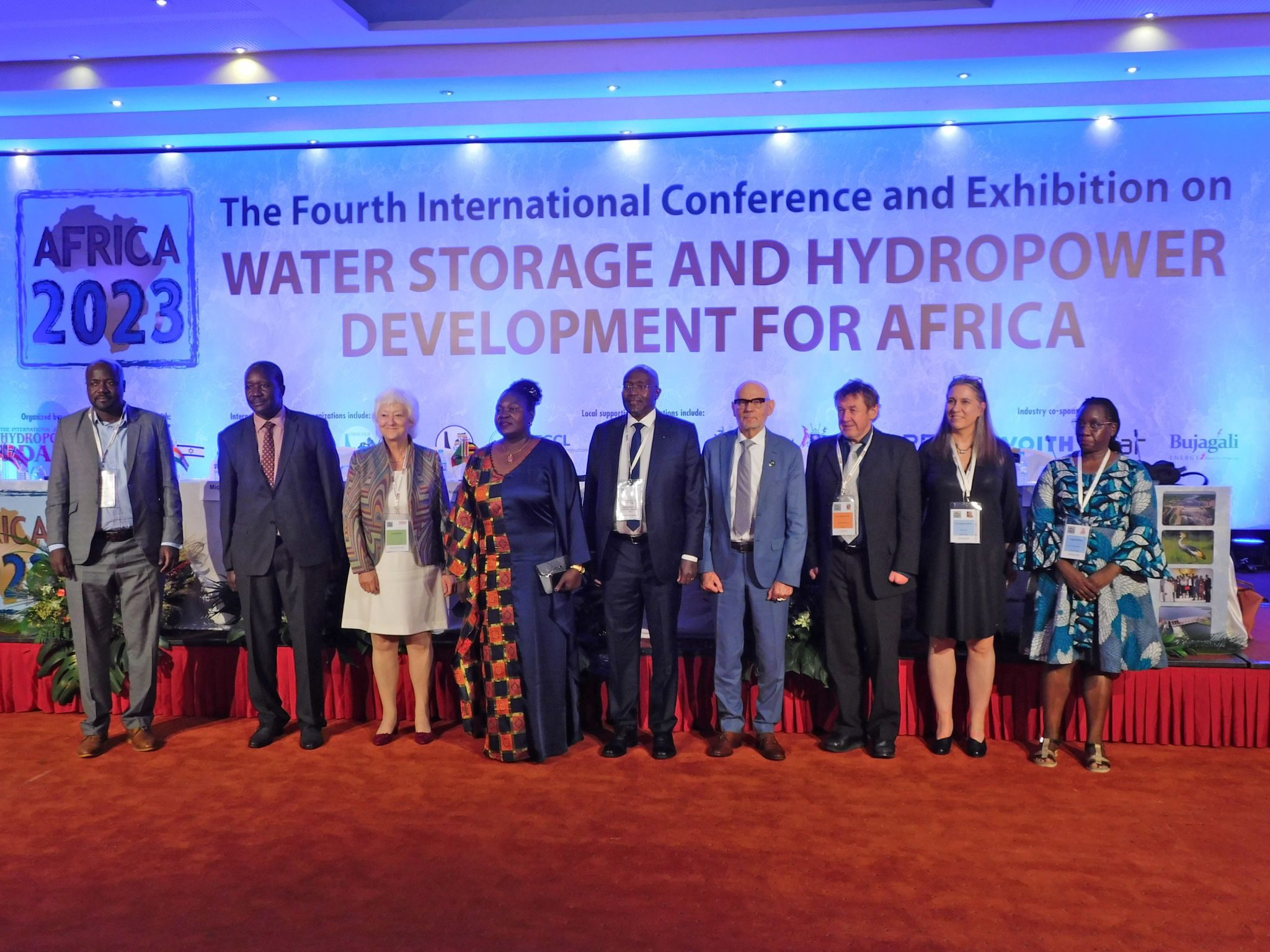
There is significant hydropower potential across continent with SMEC currently supporting investigations and design for projects in Uganda, Malawi, Rwanda, Ethiopia, South Sadan, Sierra Leone, Liberia, and Tanzania.
The key takeaways from the conference will be important for informing the development of new hydropower projects and for ensuring that hydropower is used in a sustainable way. Some of the trending topics discussed at the conference included:
The conference provided a valuable opportunity for collaboration of industry stakeholders and professionals with the intention of sustainable development and climate mitigation. Climate change is having a devastating impact on rivers in sub-Saharan Africa. The region is already experiencing rising temperatures, droughts, and changing rainfall patterns which leaves land prone to flooding. At the same time, deforestation, unsustainable water abstraction practices, and poor agricultural practices have led to a drop in the water table during the dry season and disproportionate runoff.
The poor and marginalized are the most vulnerable to the adverse impacts on rivers. These groups often lack access to clean water and sanitation and are more likely to be displaced by floods or droughts. Dams can offer a range of advantages, including water storage and flood control. However, they must be implemented with climate action and watershed management policy for a sustainable and secure future for clean water.
The construction industry plays a considerable role in global energy consumption and energy-related carbon emissions, attributed to the manufacture of building materials and products. The current, linear ‘take-make-dispose’ model of resource consumption has led to environmental degradation and resource depletion.
Hydropower is a cornerstone of sustainable energy solutions. It promotes environmental responsibility, economic stability, and energy reliability as the world continues to shift towards a sustainable and environmentally responsible future.
The paper investigates joining the existing prestressed Umhlatuzana River bridge deck to a new deck monolithically. The new deck will shorten at a higher rate when compared to the existing deck.
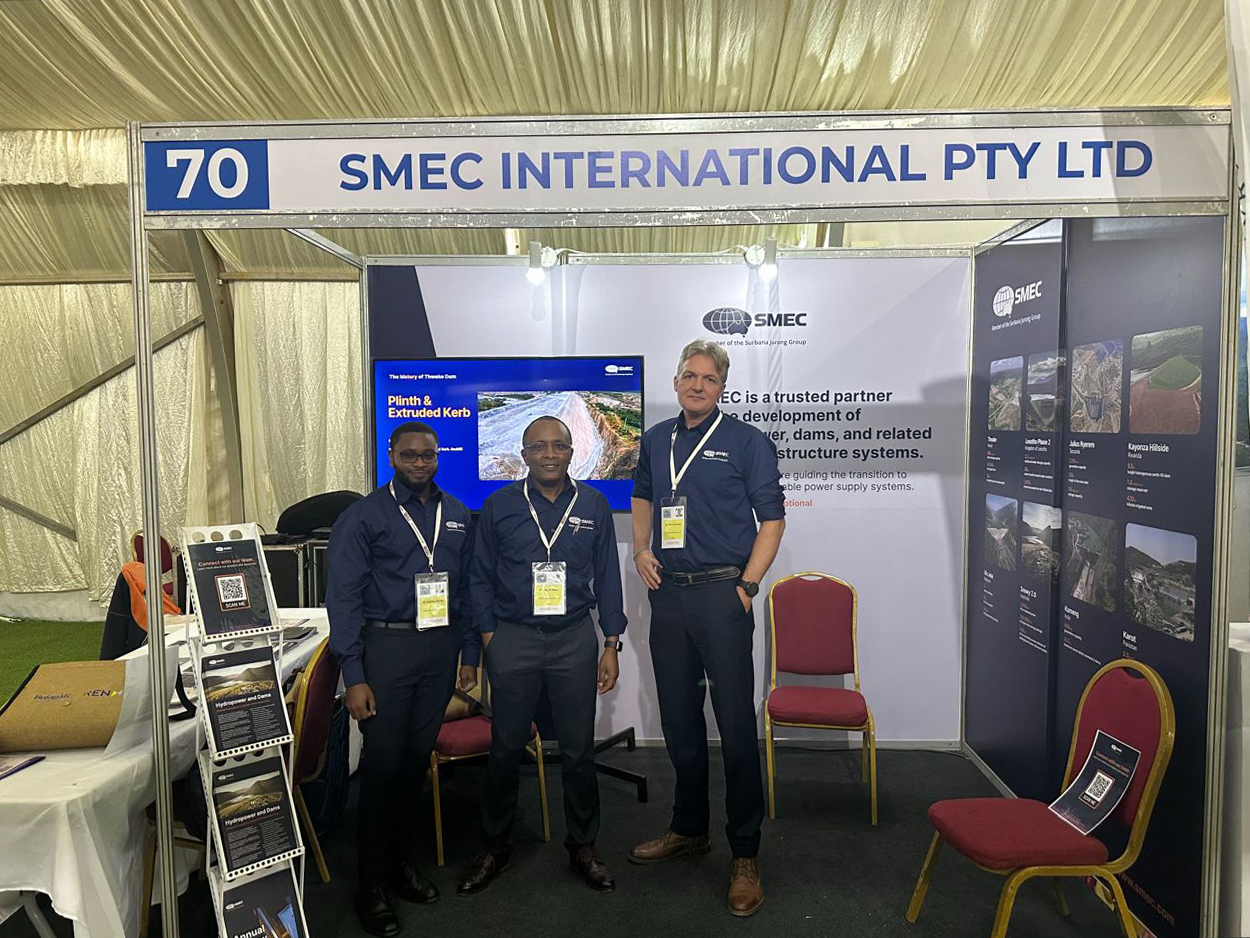
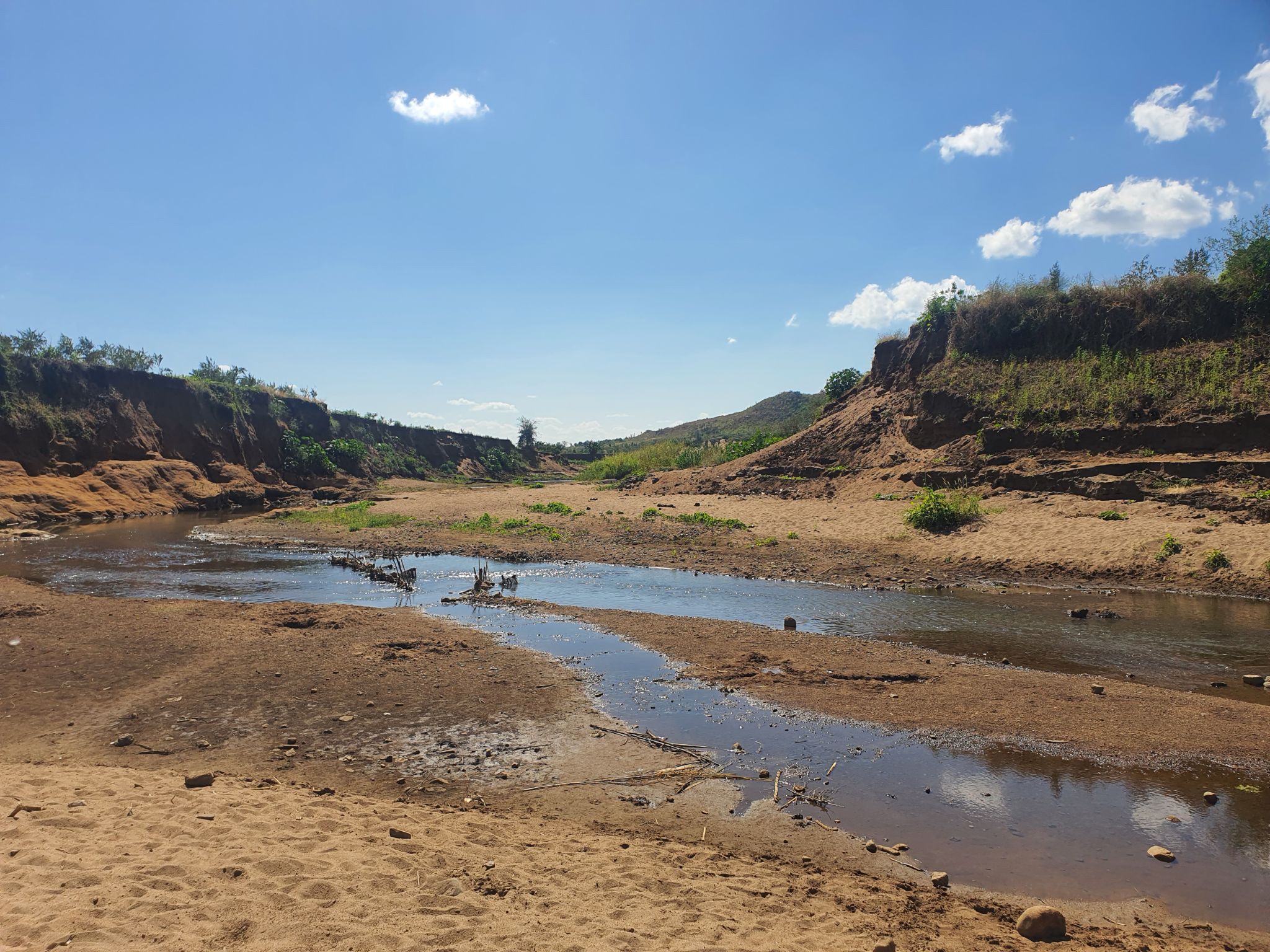
 Designing Tomorrow's Infrastructure Today: Circular Economy and BIM Collaboration
Designing Tomorrow's Infrastructure Today: Circular Economy and BIM Collaboration
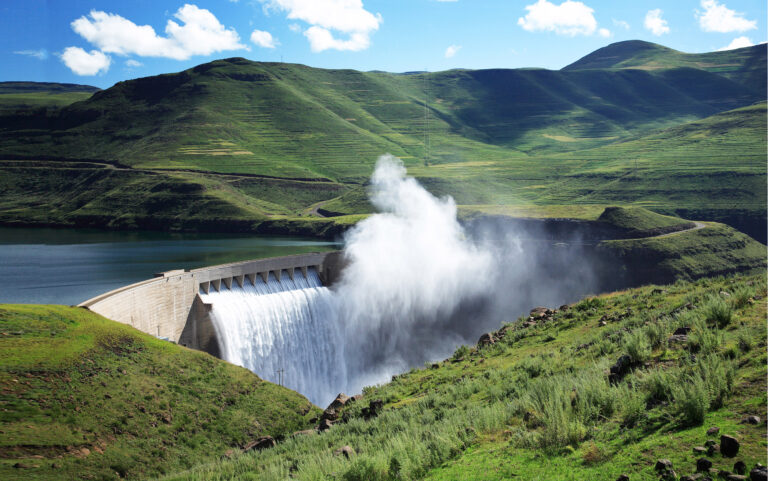 Global Hydropower Day
Global Hydropower Day
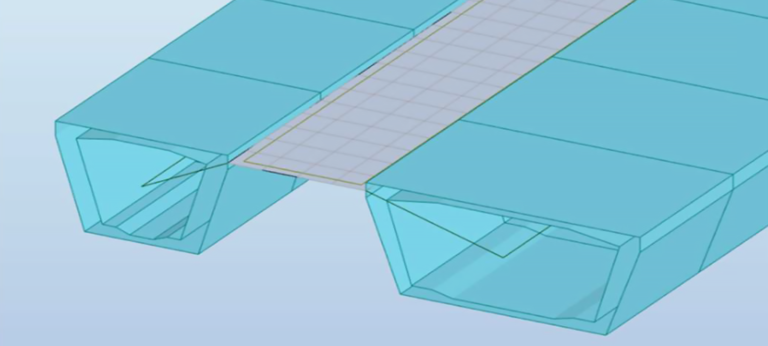 Implication of Constructing the New Umhlatuzana River Bridge Deck Monolithically with the Existing Deck
Implication of Constructing the New Umhlatuzana River Bridge Deck Monolithically with the Existing Deck